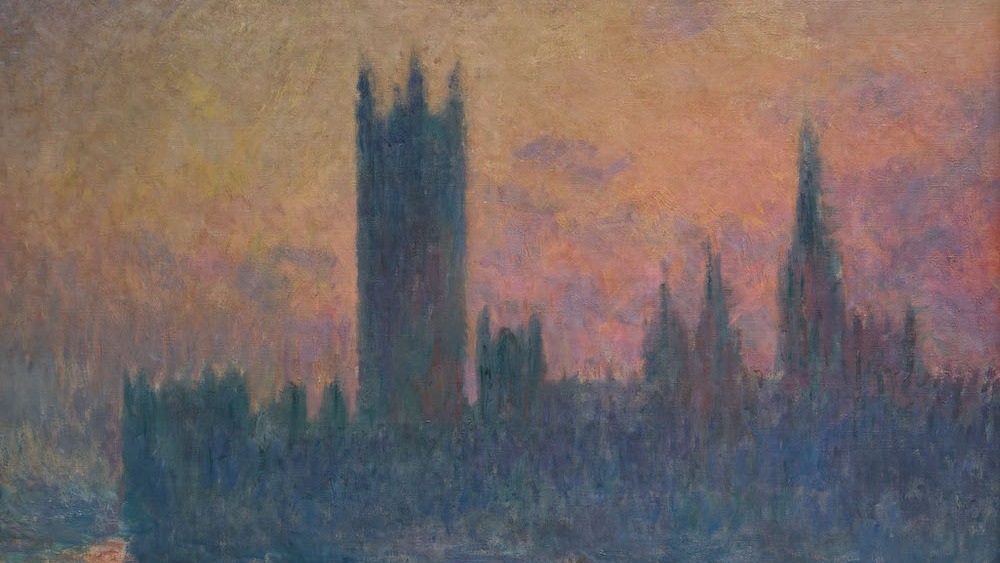Impressionist artists like Claude Monet and Joseph Mallord William (J. M. W.) Turner are famous for their hazy, dreamlike paintings. However, a new study finds that what these European painters were really depicting in their works wasn’t a figment of their imagination, but an environmental disaster: air pollution.
Scientists examined approximately 100 artworks by the two impressionist painters, who dominated the art scene between the mid-18th and early 20th centuries, during the Industrial Revolution. The team discovered that what some art enthusiasts had long believed was Monet and Turner’s style of painting was actually them “capturing changes in the optical environment” that were associated with a decrease in air quality as coal-burning factories began dotting European cities and spewing pollutants into the air, according to the study, published Jan. 31 in the journal Proceedings of the National Academy of Sciences (opens in new tab).
“It is often said that Turner was born in the age of sail and died in the age of steam and coal — his lifetime spans a time of unprecedented environmental change,” first author Anna Lea Albright (opens in new tab), an atmospheric scientist with the Laboratory of Dynamic Meteorology in France, told Live Science in an email. “During the first Industrial Revolution, these large increases in air pollution were concentrated in London, which was known as the ‘Big Smoke’ [where Turner was based]. Monet painted later, in the second Industrial Revolution in London and Paris.”
For the study, the scientists focused on local sulfur dioxide emission levels in London and Paris during this time period and the ways air pollution can interact with light, such as by reducing the contrast of objects viewed against a background and by increasing the intensity or “whiteness” of an image, according to the study.
They also determined that the artists’ vision wasn’t the cause of this trend toward hazier artworks. “Monet was not myopic; Turner did not have cataracts,” a different group of researchers wrote in a 2016 study published in the journal Eye (opens in new tab).
Related: Hidden Van Gogh self-portrait discovered under ‘peasant woman’ painting
“Over Turner and Monet’s careers, I noticed that the contours of their paintings became hazier, the palette appeared whiter and the style transformed from more figurative to more impressionistic,” Albright said. “We knew Turner and Monet were painting during the Industrial Revolution with its…
Click Here to Read the Full Original Article at Livescience…

